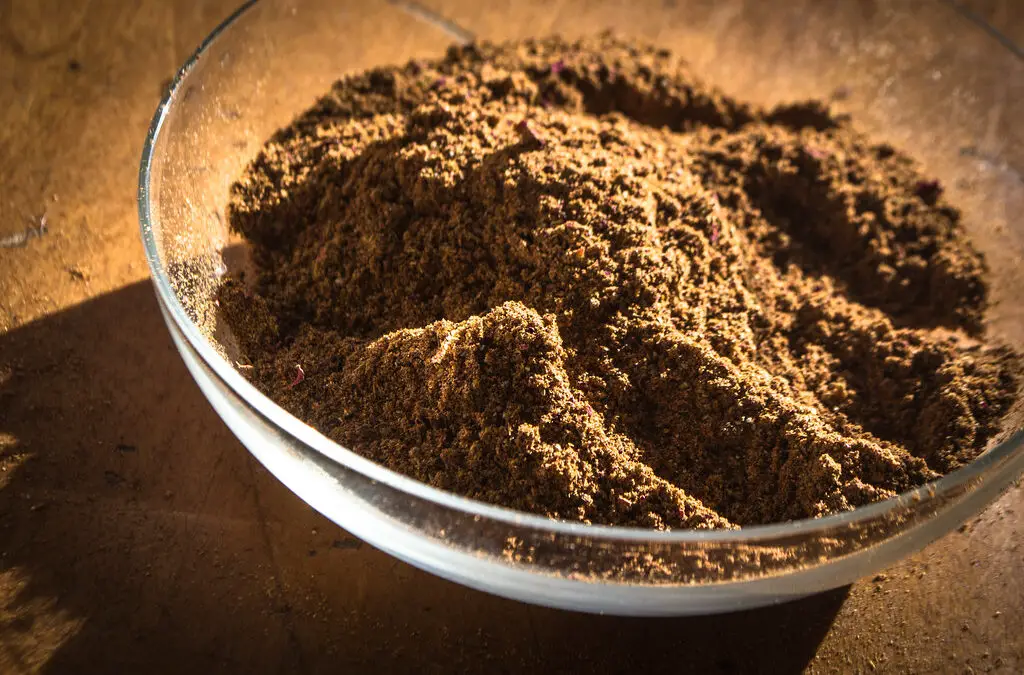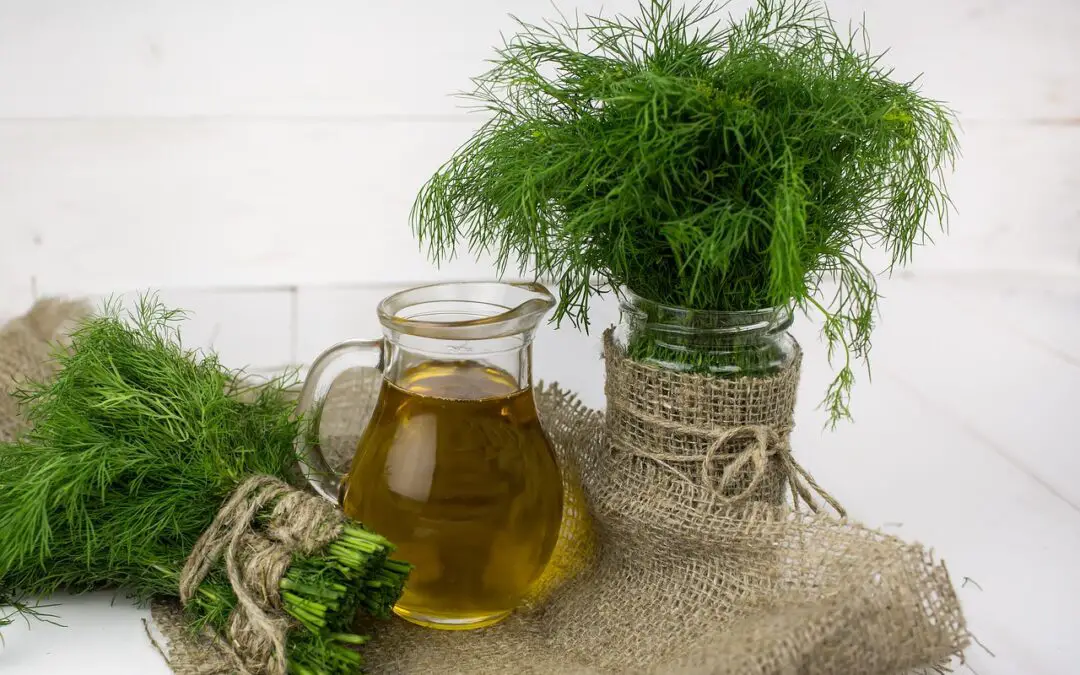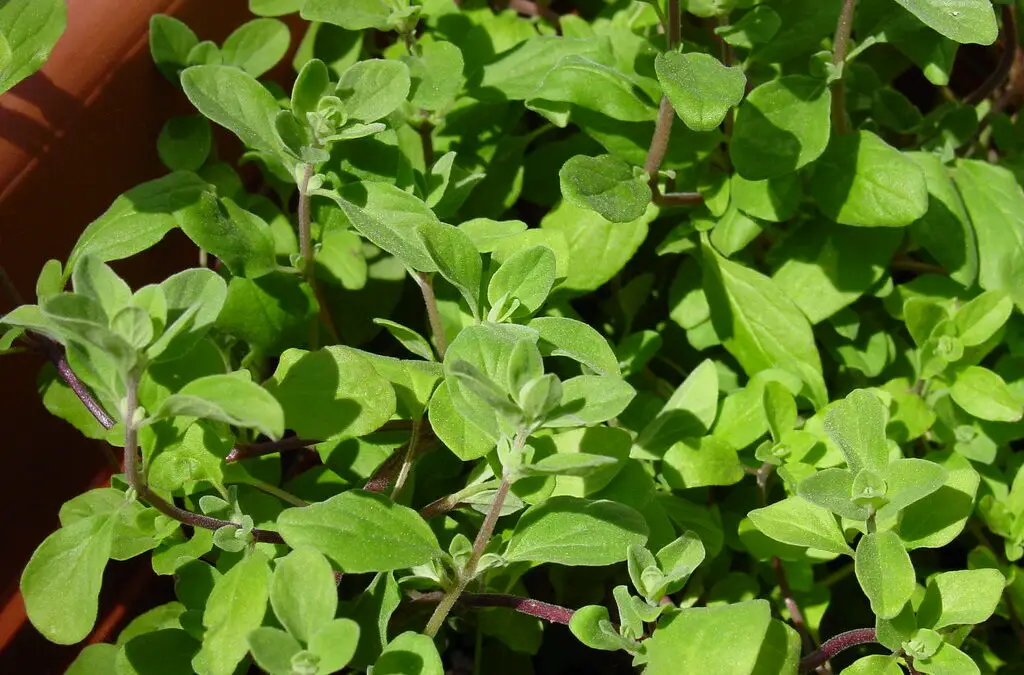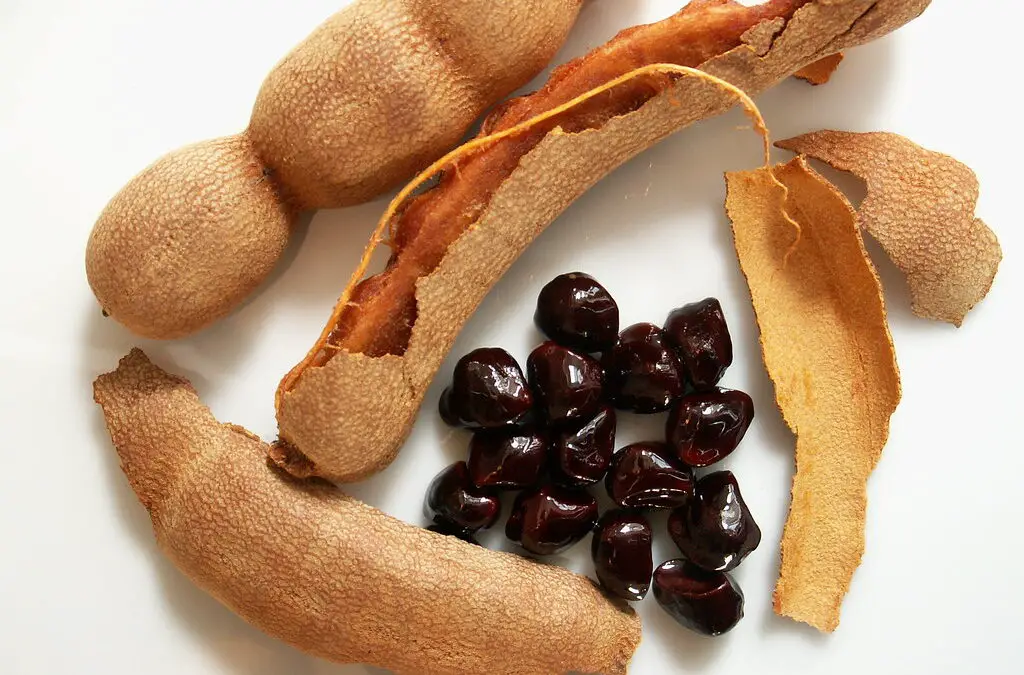Sage is an herb that has been used for centuries in Middle Eastern cuisine. It is a member of the mint family and has a slightly bitter taste with a hint of sweetness. Sage is a versatile herb that can be used in a variety of dishes, from savory to sweet.
One of the most popular uses of sage in Middle Eastern cuisine is in stuffing for meat dishes. The herb’s unique flavor pairs well with lamb, chicken, and beef, and adds a depth of flavor to the dish. Sage can also be used in marinades and rubs for meat, adding a savory and aromatic touch.
Aside from its culinary uses, sage has been used for its medicinal properties for centuries. It has been known to aid in digestion, reduce inflammation, and improve brain function. With its versatility and health benefits, it’s no wonder why sage is a staple herb in Middle Eastern cuisine.
History of Sage Herb
Sage herb has a rich history and has been used in Middle Eastern cuisine for centuries. As a food and medicinal herb, sage has been highly valued for its unique flavor and therapeutic properties.
It is believed that sage originated in the Mediterranean region and was introduced to the Middle East by the ancient Greeks and Romans. The herb was highly prized by these cultures, who believed that it had powerful healing properties.
In the Middle Ages, sage was used as a natural remedy for a variety of ailments, including digestive problems, sore throats, and coughs. It was also used to treat wounds and other injuries.
Today, sage is still widely used in Middle Eastern cuisine. It is often used to flavor meat dishes, soups, and stews, and is also used to make tea. Sage is also used in traditional herbal medicine to treat a variety of conditions, including inflammation, depression, and anxiety.
Overall, sage is a versatile and valuable herb that has been used for centuries in Middle Eastern cuisine and medicine. Its unique flavor and therapeutic properties make it a popular ingredient in many dishes and remedies.
Cultivation and Harvesting of Sage Herb
Ideal Growing Conditions
To cultivate sage herb, I prefer to grow it in a sunny location with well-draining soil. Sage herb prefers a warm and dry climate, so I make sure to plant it in an area that receives plenty of sunlight throughout the day. I also add some compost to the soil to provide the plant with the necessary nutrients.
Sage herb is a hardy plant that can tolerate drought conditions, but it still requires some amount of watering. I water my sage herb plants once a week during the growing season, and I make sure not to overwater them. Overwatering can lead to root rot and other diseases.
Harvesting Techniques
When it comes to harvesting sage herbs, I prefer to do it in the morning when the essential oils are at their highest concentration. I use a pair of sharp scissors to cut the leaves and stems of the plant, making sure not to damage the plant itself.
To ensure that my sage herb plants continue to grow and produce leaves, I only harvest up to a third of the plant at a time. This allows the plant to recover and continue to thrive.
Once I have harvested the sage herb, I wash the leaves and dry them thoroughly. I then store them in an airtight container in a cool, dry place. This helps to preserve the flavor and aroma of the herb.
In conclusion, cultivating and harvesting sage herb is relatively easy, provided you provide the plant with the ideal growing conditions and use the proper harvesting techniques. With a little bit of care and attention, you can enjoy the many culinary benefits of this versatile herb.
Health Benefits of Sage Herb
Sage is a herb that is commonly used in Middle Eastern cuisine. It has a distinct flavor and aroma that can enhance the taste of many dishes. But sage is not just a flavorful herb, it also has many health benefits. In this section, I will discuss some of the health benefits of sage.
Antioxidant Properties
With its antioxidant properties, sage aids in safeguarding the body against free radical-induced damage. Unstable molecules known as free radicals can harm cells and contribute to the onset of diseases like cancer, heart disease, and Alzheimer’s. Sage contains compounds such as rosmarinic acid and carnosic acid that can neutralize free radicals and prevent oxidative stress.
Cognitive Benefits
Sage has been shown to have cognitive benefits, particularly in the areas of memory and concentration. Studies have found that sage can improve memory recall and speed of memory processing. It may also help improve mood and reduce anxiety.
Digestive Health
Sage has been traditionally used to aid digestion and relieve gastrointestinal problems. It can help reduce inflammation in the digestive tract and stimulate the production of digestive enzymes. Sage may also help relieve symptoms of indigestion, bloating, and gas.
In conclusion, sage is a flavorful herb that not only enhances the taste of Middle Eastern cuisine but also provides many health benefits. Its antioxidant properties can protect the body from damage caused by free radicals, its cognitive benefits can improve memory and concentration, and its digestive benefits can aid digestion and relieve gastrointestinal problems.
Culinary Uses of Sage Herb
In Mediterranean Cuisine
In Middle Eastern cuisine, the sage herb is commonly used in Mediterranean dishes. It has a strong, earthy flavor that pairs well with meats, vegetables, and grains. One of the most popular dishes that use sage is the Italian classic, Saltimbocca alla Romana. This dish consists of thin slices of veal, topped with prosciutto and fresh sage leaves, then pan-fried in butter.
Sage is also a key ingredient in many Middle Eastern meat dishes such as kebabs and stews. It adds a depth of flavor to these dishes and helps to balance out the richness of the meat. In addition, sage is often used in pasta sauces, soups, and risotto to add a savory note.
In Traditional British Cooking
Sage is a staple herb in traditional British cooking. It is often paired with poultry, pork, or game meats, and is a key ingredient in the famous British sausage, Cumberland sausage. Sage and onion stuffing is also a popular side dish during the holiday season.
In Middle Eastern cuisine, sage can be used in a similar way to enhance the flavor of meats and poultry. It can be added to meatloaf, meatballs, and even burgers. Sage is also a great addition to roasted vegetables, particularly root vegetables like carrots and parsnips.
Overall, sage is a versatile herb that can be used in a variety of dishes to add depth and complexity to the flavor profile. Whether you are cooking Mediterranean or British cuisine, sage is a valuable addition to your spice rack.
Potential Side Effects of Sage Herb
Sage herb is a popular ingredient in Middle Eastern cuisine, known for its distinct flavor and potential health benefits. However, like any herb or supplement, sage can also have potential side effects.
Firstly, sage contains thujone, a compound that can be toxic in high doses. While culinary use of sage is generally safe, excessive consumption or use of sage supplements can lead to thujone toxicity. Symptoms of thujone toxicity include seizures, tremors, and even hallucinations.
Additionally, sage may interact with certain medications, including blood thinners and diabetes medications. If you are taking any medications, it is important to consult with your healthcare provider before adding sage to your diet or supplement regimen.
Finally, sage may also cause allergic reactions in some individuals. Symptoms of a sage allergy may include itching, swelling, and difficulty breathing. If you experience any of these symptoms after consuming sage, seek medical attention immediately.
In conclusion, while sage can provide a range of potential health benefits, it is essential to be aware of its possible side effects. As with any herb or supplement, it is always best to speak with a healthcare professional before adding sage to your diet or supplement regimen.
Conservation Status of Sage Herb
As I researched sage herbs for my Middle Eastern cuisine article, I was interested in their conservation status. Sage herb, also known as Salvia officinalis, is a perennial herb that is native to the Mediterranean region. It has been used for culinary and medicinal purposes for centuries.
According to the International Union for Conservation of Nature (IUCN), the sage herb is not currently listed as a threatened species. However, it is important to note that over-harvesting and habitat loss can still pose a threat to the plant’s populations.
In order to ensure the sustainability of sage herb, it is important to practice responsible harvesting techniques. This includes only taking what is needed and leaving enough for the plant to regenerate. Additionally, planting sage herb in gardens and other areas can help to increase its population and provide a source for culinary and medicinal use.
Overall, while sage herb is not currently threatened, it is important to take steps to ensure its sustainability for future generations. By practicing responsible harvesting and cultivation techniques, we can continue to enjoy the benefits of this versatile herb.
Conclusion
Sage is a versatile herb that adds a unique flavor and aroma to Middle Eastern cuisine. As I explored the various uses of sage in the region, I was impressed with its ability to enhance the taste of dishes in different ways.
One of the most common uses of sage in Middle Eastern cuisine is in meat dishes. The herb pairs well with lamb, beef, and chicken and adds a depth of flavor that is hard to replicate with other herbs. I also discovered that sage is a popular ingredient in stuffing for roasted meats, adding a savory note to the dish.
In addition to meat dishes, sage is also used in vegetarian and vegan cuisine. It is a key ingredient in many dips and spreads, such as hummus and baba ganoush, and adds a unique flavor to vegetable dishes like roasted carrots and eggplant.
Overall, sage is a valuable herb in Middle Eastern cuisine that should not be overlooked. Its versatility and ability to enhance the flavor of dishes make it a must-have in any kitchen.





